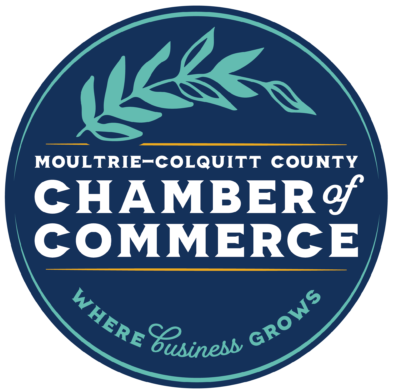By now you’ve likely seen the statistics that shopping small/local keeps roughly $68 out of every $100 in our community, whereas shopping at a national chain means about $43 remains here. Why is that important and what does it mean to you and your family? A lot more than you may think.
While it’s difficult to track the exact path of a dollar spent locally versus one spent at a chain, you can imagine it looks something like this:

That image is an example of what’s called “indirect impact.” Indirect impact is felt when a local business owner or employee spends the money they make locally but it’s not the only kind of impact that can be felt by spending local.
When your son or daughter has a school expense like a club trip, sporting event, yearbook expense, camp, or graduation program, do you email Elon Musk to fund it? No. You ask your local pizza parlor or favorite small business owner. They get their name listed as a sponsor and your child is one step closer to their goal.
Along the same lines of sponsors, when it comes to local nonprofits and raising money for local causes or even natural disasters, it’s the local businesses that come through. They understand the importance of helping neighbors. Yes, large companies give hundreds of thousands of dollars to large nonprofits. We’re not discounting that. But local charities and nonprofits are often not on their funding radars. Chains are doing their part donating to the United Way and national groups like the American Cancer Society. Local charities often rely on local support.
According to studies compiled by the Institute of Self Reliance, “the more locally owned businesses per capita that a community has, the better off that place is on many of the other indicators of community health. The larger the share of transactions in our economy—buying, producing, investing—that involve a locally owned business, the more thriving, equitable, and resilient our economy and community can be.”
During COVID and immediately after reopening, there were supply chain issues (we’re still feeling them in some industries). Many of those issues were due to lack of transportation or lack of labor in the transportation industry. That caused many businesses to look for local options to meet their needs.
When local businesses pay for things they need to do business (like inventory, utilities, equipment and pay to employees) locally, that has a direct impact on the local economy.
Chains and local businesses pay a salary to local employees so they both have a direct impact on the local economy. However, a chain is limited in where it can get its inventory, equipment, and other items from. These costs are probably paid to, or dictated by, corporate. A small business owner makes those decisions themselves and can choose to keep some of those purchases local as well.
In times when jobs are needed most—in high unemployment—local businesses are there. According to the article “The Contribution of Large and Small Employers to Job Creation in Times of High and Low Unemployment,” which appeared in the American Economic Review, “…in times of high unemployment, small businesses both retain and create more jobs than large firms do.”
Where you spend your money is an investment in the growth and prosperity of our area. You’re either investing for maximized returns on your holiday dollars by spending local or you’re not. We hope it’s the former.
Christina Metcalf is a writer/ghostwriter who believes in the power of story. She works with small businesses, chambers of commerce, and business professionals who want to make an impression and grow a loyal customer/member base. She loves road trips, hates exclamation points, and believes the world would be a better place if we all had our own theme song that played when we entered the room. What would yours be?
_______________________________________
Twitter: @christinagsmith
Facebook: @tellyourstorygetemtalking
LinkedIn: @christinagsmith
Article courtesy of: frankjkenny.com
10.30.22

